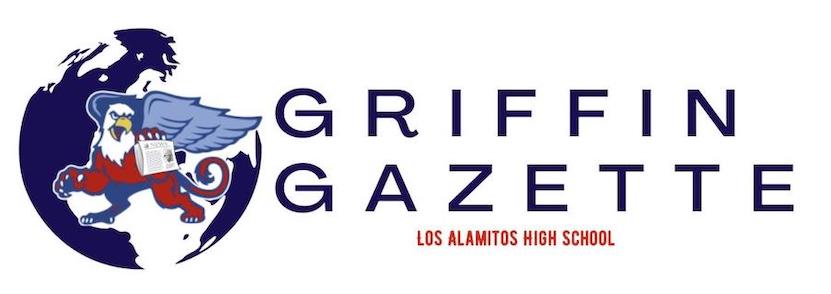LOS ALAMITOS, CA — Horse racing has been a popular sport for centuries, dating back to the Greek Olympic Games in 700 to 40 B.C., yet many fail to understand the dangerous and cruel aspect of it. While the horse racing industry becomes more competitive, many animal welfare concerns materialize regarding the sport. Racing exposes horses to a substantial risk of injury and death. The sport involves striking the horse with a whip to enhance performance, but can often result in injury. Research shows that more than 2,000 horses die at U.S. race tracks each year — about six each day.
Deaths or injuries that occur often are the result of:
- cardiovascular collapse (heart failure)
- blunt-force head trauma (from collisions with other horses)
- pulmonary hemorrhage (bleeding out from the lungs)
- broken necks
- ruptured ligaments
- shattered legs
- severed spines
- laminitis (painful inflammation in the feet)
- respiratory and parasitic infections
These racehorses are typically isolated and kept in tiny 12×12 stalls for over 23 hours a day. To add on, once a horse begins to underperform, the unspeakable occurs. Older racehorses who are “unwanted” are often butchered at the end of their careers, rather than donated to farms or stables (the more humane option).
Unfortunately, racehorses are not afforded the protections of animal cruelty laws and tend to suffer because of it. As a result of illnesses and injuries sustained during racing, more than 7,200 horses were euthanized nationally between 2009 and 2021, according to The Jockey Club, which keeps track of the Thoroughbred registry.
Furthermore, horses do not reach full musculoskeletal maturity until the age of six, but racehorses are typically forced into training at 18 months and usually begin racing at 2 years old. As a reference, a 2-year-old horse is roughly equivalent to a 6-year-old child. Given this information, forcing horses into strenuous training at such a young age is extremely unethical and dangerous. The excessive exercise causes irreparable damage to the horses’ bodies as they are forced to run the tracks before they are physically able to.
In recent events, a 4-year-old gelding horse died on November 13 after suffering a racing injury at the Los Alamitos Race Course. “Cactus Jack” had five first-place finishes in his career, and was the 13th horse to die from a training or racing injury at the Los Alamitos track. A few days before, another 2-year-old filly was euthanized after being injured during a race–the 10th loss at the track. Shortly following the loss, a 3-year-old horse died during training, being the 12th horse to die at the track. Many residents of Los Alamitos and nearby neighborhoods have expressed concern regarding horse safety at the track on a neighborhood app “Nextdoor”.
“Too many cases of horses dropping dead from overexertion and the effects of steroids and other drugs they are constantly injected with so they can run faster and have less pain,” a local said. “If the last several years show us anything, it is that money is way more important than the lives of the horses.”
Overall, the equestrian sport is extremely dangerous and cruel to the horses involved. Refusing to support race courses can be the best course of action for civilians to ensure the companies are less profitable.


!["I think [horse racing] needs to be stopped. Too many horses are dying." A 'Nextdoor' user said.](https://lahsgriffingazette.com/wp-content/uploads/2023/11/IMG_5893-1200x800.jpeg)







Francesca McCall Hokama • Jan 31, 2024 at 12:06 pm
Olivia i really liked your article i learned things that i hadn’t known before great job!!